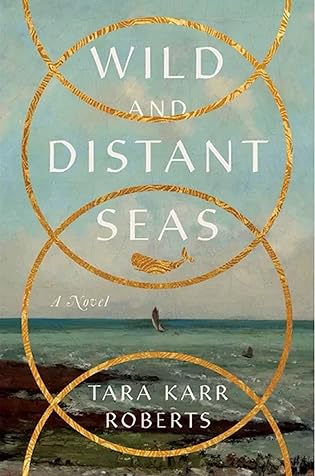 Wild and Distant Seas by Tara Karr Roberts
Wild and Distant Seas by Tara Karr Roberts Format: eARC
Source: supplied by publisher via Edelweiss
Formats available: hardcover, ebook
Genres: historical fantasy, historical fiction, literary fiction, magical realism
Pages: 304
Published by W. W. Norton & Company on January 2, 2024
Purchasing Info: Author's Website, Publisher's Website, Amazon, Barnes & Noble, Kobo, Bookshop.org, Better World Books
Goodreads
A gorgeous debut, laced through with magic, following four generations of women as they seek to chart their own futures. Evangeline Hussey’s husband is dead―lost at sea―and she has only managed to hold on to his Nantucket inn by employing a curious gift to glimpse and re-form the recent memories of those around her. One night, an idealistic sailor appears on her doorstep asking her to call him Ishmael, and her careful illusion begins to fracture. He soon sails away with Ahab to hunt an infamous white whale, and Evangeline is left to forge a life from the pieces that remain.
Her choices ripple through generations, across continents, and into the depths of the sea, in a narrative that follows Evangeline and her descendants from mid-nineteenth century Nantucket to Boston, Brazil, Florence, and Idaho. Moving, beautifully written, and elegantly conceived, Wild and Distant Seas takes Moby-Dick as its starting point, but Tara Karr Roberts brings four remarkable women to life in a spellbinding epic all her own.
My Review:
He said “Call me Ishmael” – and she did. But that is not where this distaff perspective on Moby-Dick begins.
It begins with Evangeline Hussey reinventing herself for the second time. The first time was when she ran away from a past we never see and found herself on Nantucket Island as the whaling industry was nearing the end of its heyday. She marries an innkeeper and intends to settle down for the rest of her life making chowder.
But Evangeline has a gift. She has just a bit of magic, a spark that allows her to do two things she’s going to rely on and fight against in the years to come. She can see through the eyes of people she knows, and she can make people believe and even DO what she wants. Through her gift, she sees that her husband’s small boat has capsized and he has drowned at sea, but she enforces the belief among the townspeople that he is just away on a business trip and will be back sooner or later.
It’s a lie she continually reinforces because she knows that his family – who have lived in Nantucket for generations – mightily disapprove of her and her marriage, and that they will take the inn away from her if they can. It’s the only home she knows and she can’t let that happen, so she lies and MAKES people believe it – for so many years that the lie reinforces itself.
Until Ishmael and Queequeg arrive at her Try Pots Inn, just before they sign up for Captain Ahad’s ill-omened and ultimately ill-fated voyage on the cursed Pequod. The story that Ishmael eventually tells in Moby-Dick.
But before the Pequod set sail, Ishmael and Evangeline had a brief dalliance that resulted in a child. A daughter born with no knowledge of her father but an even greater portion of her mother’s gifts.
Wild and Distant Seas is the story of Evangeline’s legacy, both her gifts and the endless pursuit of the missing Ishmael that she bequeathed to her daughter, her granddaughter, and even her great-granddaughter as they journey endlessly and fruitlessly, until at last one of them finally finds her way home.
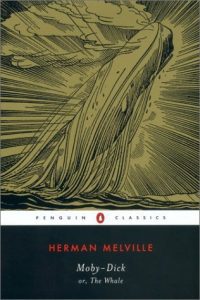 Escape Rating B: Wild and Distant Seas is a story that is constantly in dialog with its predecessor, Moby-Dick. At points it hews close, and at others it is at more than a bit of a remove, but the great white whale is always swimming in the background.
Escape Rating B: Wild and Distant Seas is a story that is constantly in dialog with its predecessor, Moby-Dick. At points it hews close, and at others it is at more than a bit of a remove, but the great white whale is always swimming in the background.
And this is the point where I confess that I never read the damn thing. Yes, I know it’s considered to be one of the ‘Great American Novels’ and a literary classic, etc., etc., etc., but I was never forced to read it in high school and had no inclination afterward. It’s somewhere between a complete sausage fest and a boys’ own adventure (even if in the same way that Lord of the Flies is a boys’ own adventure) and the American literary canon is just full of those.
So part of my interest in Wild and Distant Seas was that it gives a distaff perspective on a story that otherwise doesn’t have a female perspective in it AT ALL. Considering how many men never came home from the whaling industry, a story about what happened after that was itself an interesting possibility for historical fiction, even if this book also has a bit of a literary fiction vibe to it.
What makes the story work is that it is absolutely NOT Ishmael’s story, as the original was. Instead, it’s the story of his absence and the lengths that absence drives Evangeline and her descendants to in pursuit of the truth of their origins. He’s a gaping hole in each of their histories that they are all trying to fill.
As each of the women in Evangeline’s line tell their stories, the other thread that links them is their use, misuse and abuse of the gift that they’ve inherited from her. Each of them is capable of bending others to their will, none of them are able to resist the impulse to use that power, and all of them ultimately realize that their gift has cost more than they’ve ever gained from it, which brings them, at last, back to their point of origin.
But the way each of their stories is told is through their first person perspective, with the torch of story passing from one woman to another when they each first use their gift, making each of their stories about the price they pay for that use.
Which, oddly enough, brings the story back to Moby-Dick and the price of Ahab’s obsession, in more ways than one.
In the end, as the story shifted protagonists and perspectives, I found some of their journeys more compelling than others, and I empathized more with Evangeline’s adult perspective than I did the learning period that her descendants inevitably went through. So ultimately I have mixed feelings but this turned out to be a fascinating way to explore a classic from a sideways point of view.

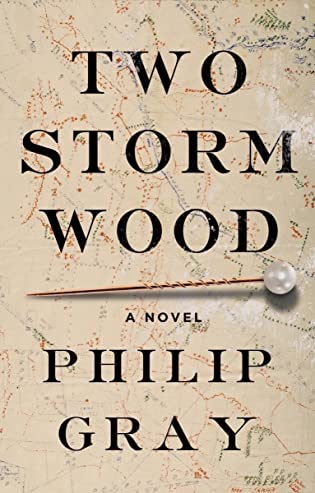 Two Storm Wood by
Two Storm Wood by 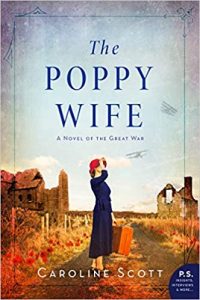 More than either of those series, the book that Two Storm Wood resembled the most strongly was
More than either of those series, the book that Two Storm Wood resembled the most strongly was 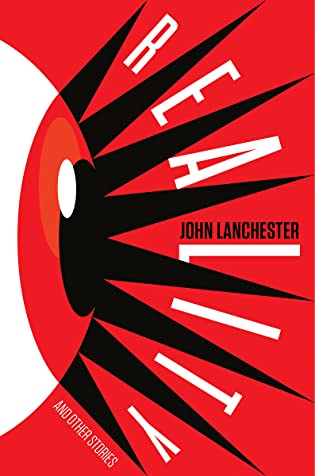 Reality and Other Stories by
Reality and Other Stories by 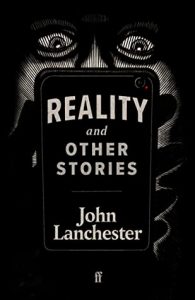 I think that a lot of people are going to find “Cold Call” really chilling, but I got annoyed with it, or with the actions of the characters in it, at the very beginning and just couldn’t stick with it. “Which of These Would You Like?” didn’t have enough setup or enough detail to work for me. It’s weird rather than horrifying and there just wasn’t enough there, there.
I think that a lot of people are going to find “Cold Call” really chilling, but I got annoyed with it, or with the actions of the characters in it, at the very beginning and just couldn’t stick with it. “Which of These Would You Like?” didn’t have enough setup or enough detail to work for me. It’s weird rather than horrifying and there just wasn’t enough there, there.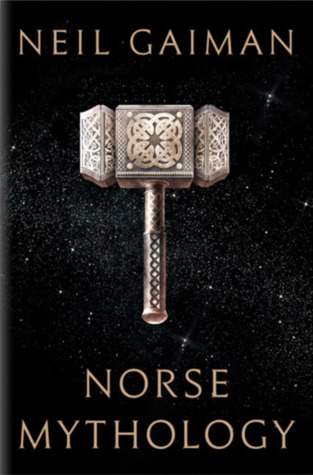 Norse Mythology by
Norse Mythology by 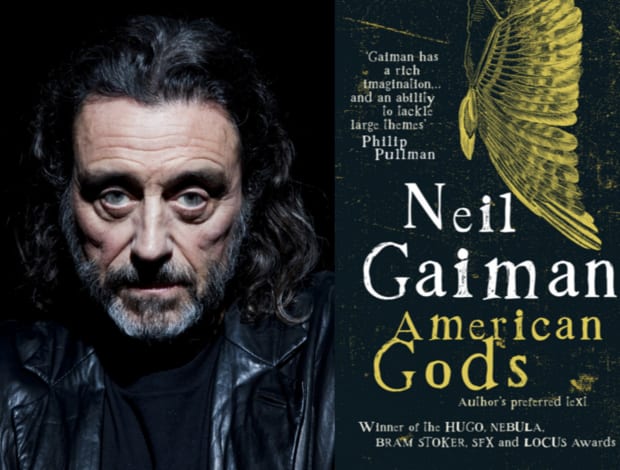
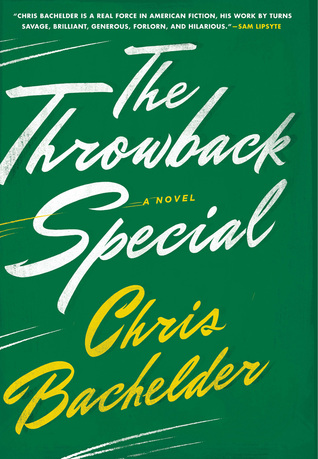 The Throwback Special by
The Throwback Special by 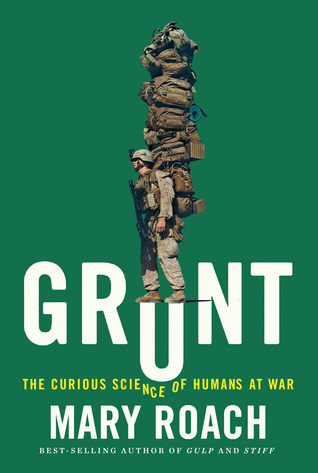 Grunt: The Curious Science of Humans at War by
Grunt: The Curious Science of Humans at War by 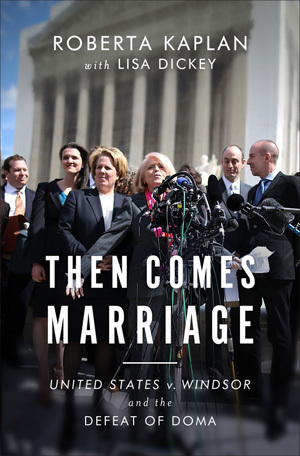 Then Comes Marriage: United States v. Windsor and the Defeat of DOMA by
Then Comes Marriage: United States v. Windsor and the Defeat of DOMA by 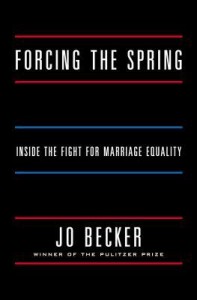 Then Comes Marriage is the third book that I have read about this case and its aftermath. Last year’s
Then Comes Marriage is the third book that I have read about this case and its aftermath. Last year’s 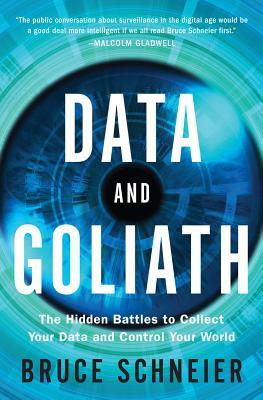 Data and Goliath: The Hidden Battles to Collect Your Data and Control Your World by
Data and Goliath: The Hidden Battles to Collect Your Data and Control Your World by